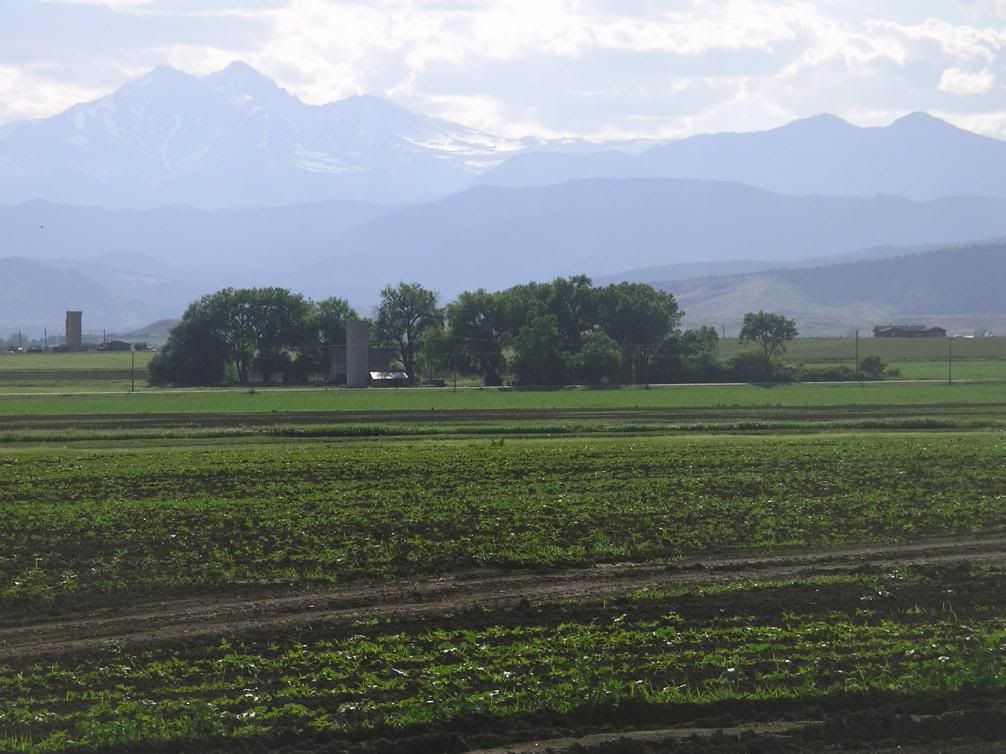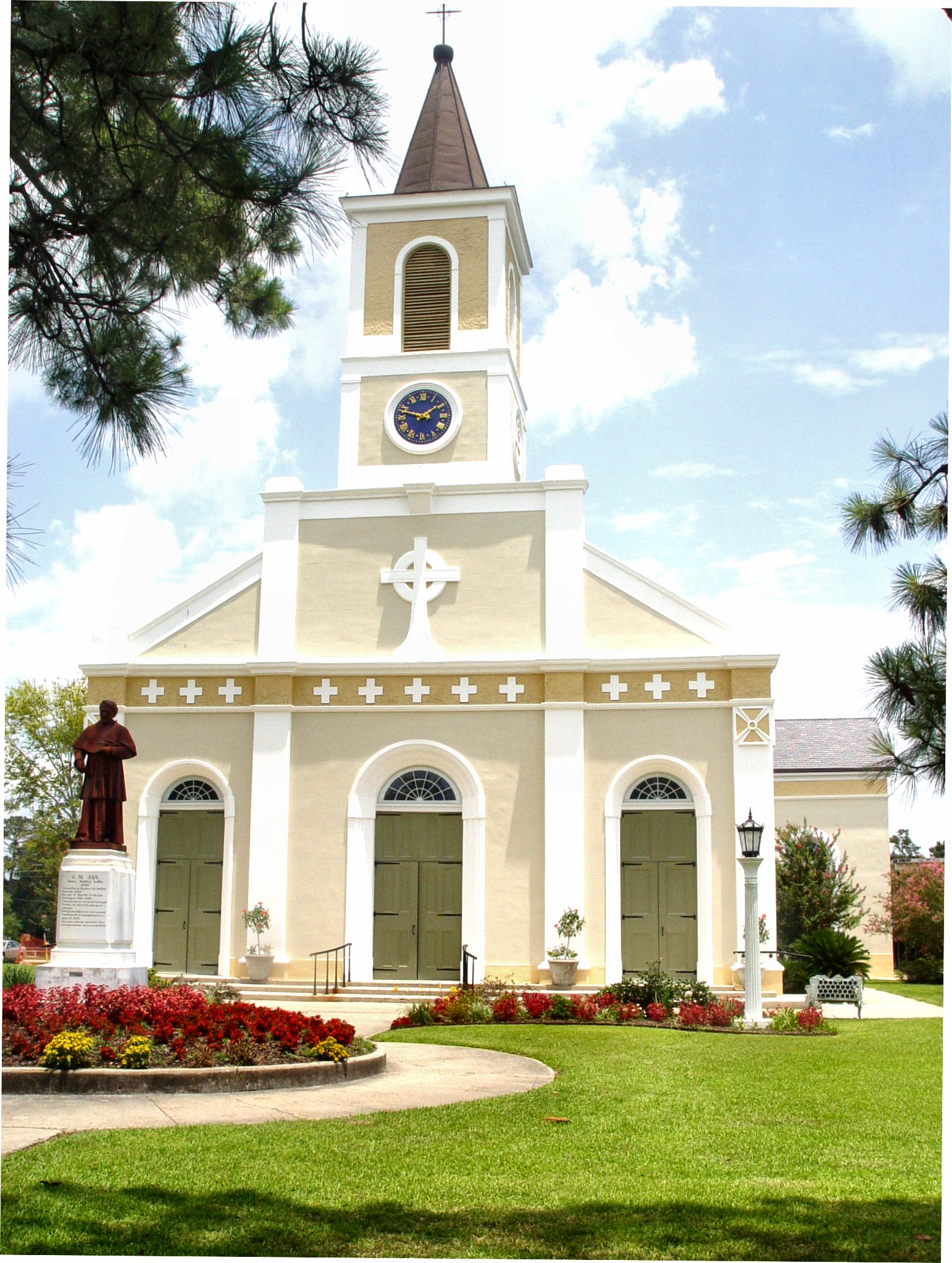In terms of topography and climate, Boulder and the Southern Coastlands are very different places. The climate in the Southern Coastlands is high in humidity, with high heat in the summertime and long growing seasons. The average temperature in the summertime in Colorado is only in the 70s (Fahrenheit).
This region is centered around the Gulf of Mexico, and the Ocean plays a large part in making the region what it is. This is often the most affected area in terms of hurricanes, such as Katrina in 2005.
Boulder, Colorado, faces no such storms. They experience severe snow storms in the winter, but nothing like the raging hurricanes in the Southern Coastlands.
Boulder is over a thousand miles from the ocean.
Agriculture is an important theme for both the Southern Coastlands and Colorado. Although the Southern Coastlands focus largely on citrus fruits, Colorado is mainly a producer of vegetables, sugar beets, potatoes, and peaches.
Colorado:
Florida:
Sources:
Regional Landscapes of the United States and Canada


















